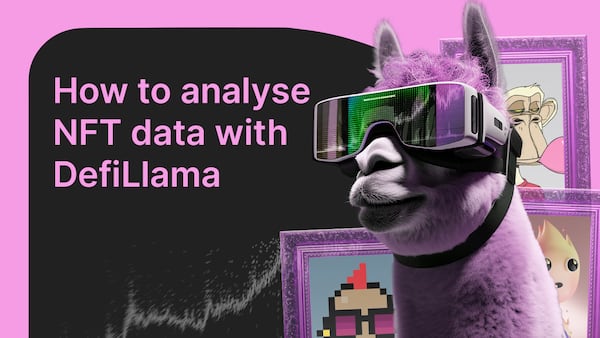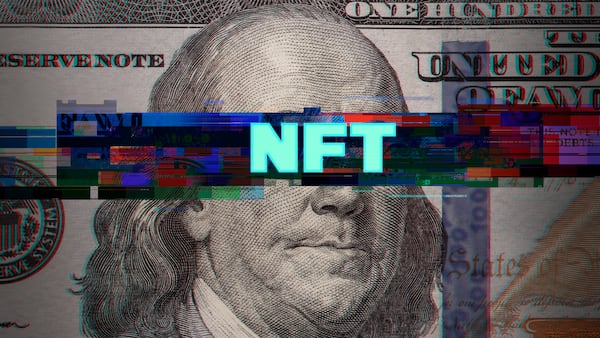- NFT traders are depositing their Blur airdrops on Blast.
- Blast is an upcoming layer 2 developed by Blur creator Tieshun Roquerre.
- Blast promises token rewards to early adopters when the chain goes live next May.
Recipients of Blur’s latest airdrop have begun positioning themselves for additional rewards from Blast, a buzzy new layer 2 blockchain developed by Blur creator Tieshun Roquerre, known online as Pacman.
On Monday, NFT marketplace Blur distributed 300 million BLUR tokens currently worth $107 million in its latest airdrop.
Instead of letting airdrop recipients claim tokens directly to their wallets as in Blur’s first airdrop, the claims process for the latest airdrop, by default, sends BLUR token rewards to a separate smart contract.
From there, recipients can choose to withdraw their BLUR tokens, or leave them locked up to accumulate points, which, according to the Blur site, will convert to a new token for the Blast blockchain when it launches next May.
So far, the Blast points contract contains $138 million worth of BLUR tokens. These tokens come from the claims process for the Blur airdrop, as well as other BLUR token holders who have deposited their tokens via the Blur site.
Blast points incentive
Many of the biggest Blur airdrop recipients have chosen to leave some or all of their BLUR token rewards on the Blast contract to earn Blast points.
NFT trader Hanwe Chang, the largest recipient who received $8 million in tokens, deposited $7.4 million into the Blast points contract, on-chain data shows. Another major NFT trader Jeffrey Huang, more commonly known online as Machi Big Brother, has also deposited all of his $2 million airdrop.
Blur airdrop recipients have an incentive to leave these tokens on the Blast points contract. This is because early BLUR token holders on the Blast contract will receive more Blast points rewards per hour until November 26. After this date, point rewards will only increase by 50% every month for those who do not withdraw their tokens.
On-chain data shows more than 85% of the BLUR token airdrop has been claimed.
Launched in October 2022, Blur is the largest NFT marketplace by trading volume.
Blur has distributed two airdrops since its launch — one for early users that concluded when BLUR token launched in February, and another for those who have traded NFTs on the marketplace since then.
The Blast points scheme is similar to how Blur determined how many tokens users received in its previous airdrops.
Those who traded NFTs on Blur received points, with more points translating to a bigger airdrop. But as Blur didn’t reveal the conversion rate between points and tokens, it left users in the dark about how many tokens they would ultimately receive.
$87 million in deposits
Blur airdrop recipients aren’t the only ones being drawn in by Blast’s expected reward largesse. Crypto investors have begun to pile into the project despite the fact that it is not yet live.
While Blast plans to be an Ethereum layer 2, it currently exists as a smart contract on Ethereum that only supports token deposits and not withdrawals.
It has attracted over $87 million in deposits from crypto users since Tuesday. Such is the extent of the investment inflow that Blast has become the 12th-biggest layer 2 in terms of locked-in investment, according to crypto data analysis platform 21.co.
Investors throwing their crypto into a layer 2 chain before its launch is not a new phenomenon. Similar situations have occurred on other layer 2 chains as well, including Coinbase’s Base chain which saw $58 million in deposits before the blockchain’s official August launch.
Native yields on deposits
Blast claims to separate itself from other layer 2 blockchains by promising to offer native yield on Ether and stablecoin deposits.
It plans to automatically convert Ether deposits on the blockchain to Lido’s stETH — a so-called liquid staking token that automatically accrues yield from Ether staking. Lido is the largest Ethereum staking protocol with over $18 billion worth of user deposits.
Ether staking isn’t the only planned yield source on Blast. The blockchain will also convert stablecoin deposits into MakerDAO’s Dai stablecoin and deposit them into the protocol’s Dai savings rate contract to earn 5% annually. MakerDAO uses the coupons from its US Treasury holdings to pay the 5% yield.
Osato Avan-Nomayo is our Nigeria-based DeFi correspondent. He covers DeFi and tech. To share tips or information about stories, please contact him at osato@dlnews.com.









